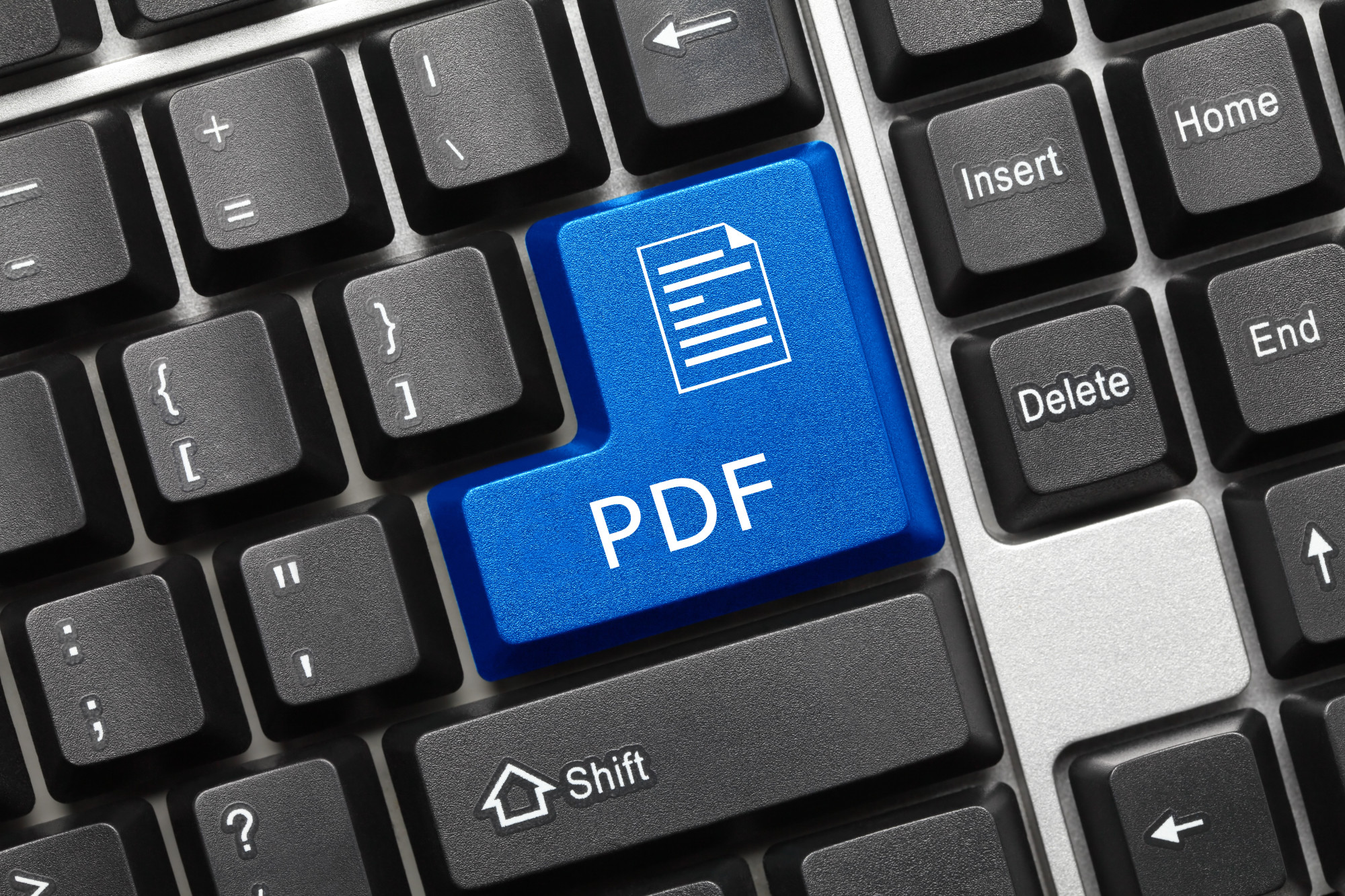
How to Convert XML to PDF: A Simple Guide
Perhaps your business has large databases and you need to convert them to a readable format, or you want to batch generate order slips for customers.
You can do this quickly by converting XML to PDF!
If you are not sure about what that means completely, do not worry. By then end of this article, you will understand XML files, PDF files, and learn how to convert XML to PDF.
What Is an XML File?
XML is a markup language used to encode documents for both computer programs and people to read. Created by the W3C, the same group that manages the standard for HTML, XML is extensible.
What does this mean? XML, or extensible markup language, uses bracketed tags in the way HTML does, but these tags are completely custom and self-defined. The potential is unlimited as long as another machine or program knows how to read it and process it.
For instance, a client’s information in an XML database might be express as:
<client>
<name>John Doe</name>
<email>[email protected]</email>
</client>
You only need a simple text editor to create XML files, but you can also view them in a web browser, or manage them with an online editor. Various software can export data to XML files, too.
XML can work like a database, but it can do more than that too. It can define the entire structure of a document. For instance, Microsoft Office uses XML to support the structure of .docx documents.
This means XML can generate menus, client lists, invoices, order forms, and more.
Exporting information from your business’ systems to XML allows you to create lightweight, custom databases, templates, and documents.
What Is a PDF File?
PDF files, or portable document files, are common and easy-to-access filetype. Rather than share a Microsoft Word file with customers, where some people do not have access to Word, it is easier to share a file that everyone can open.
PDFs preserve the format of a document but render it almost like an image. This is great for creating high-quality prints of magazines, menus, or marketing material.
However, while editable PDF forms exist, PDFs are mostly meant to be viewed and not edited.
This adds a lot of security when you send out digital contracts and invoices, where you might allow clients to view the PDF and then e-sign and submit payment through a secure portal.
Why Convert XML to PDF?
Converting XML to PDF adds a lot of convenience and speed to your business’ processes. Just in file management, XML lets your company manage large databases and document types in a small file size.
XML is easy to export directly from your company’s systems, and most other database types convert to XML without trouble.
Converting XML to PDF then allows you to batch process hundreds of documents at a time. Rather than generate recurring client contracts one-at-a-time, you can render and save all the recurring contracts in a set.
Rendering as PDF makes it convenient to share internally and with customers. Whether your staff or clients are working on Windows, OSX, or on a mobile device, PDFs can be viewed without proprietary software.
As your systems change and update, you won’t need to worry about managing file accessibility.
How to Convert XML to PDF
Many “conversion” solutions exist online, though most of them fail to provide a real XML to PDF conversion. Countless softwares offer the ability to convert XML to PDF, but all they do is “print” XML files as PDF files.
In truth, most operating systems allow you to do this natively. Rather than send documents to a printer, you send documents to an internal device that renders the print as a PDF. The file is then saved to your computer instead of printing it to paper.
To convert XML to PDF, you need software that will interpret the information in your XML document and use it to render the new document you need.
This requires a bit of setup. Because XML is a customized language, you do need to “teach” the conversion software how to render it.
You first need to define the document template. You also need to define any rules and conditions for the output you want.
For instance, you need to teach it if certain clients need to be skipped or what fields belong in a table.
A great XML to PDF software will allow you to process multiple XML documents simultaneously.
For example, one XML file can be used to render important document information and another can be used to “mail-merge” a large client list. You can create the entire batch in a single step.
Considerations for Converting
Depending on your specific needs, you want to make sure that the software you choose will meet all of them. Excellent XML to PDF conversion software will have some key features.
First, you want an easy-to-use graphical interface. A good visual designer will allow you to work with the XML as you define new document types and templates.
Next, you want flexibility. Some software only convert XML to PDF. However, other inputs and outputs will be useful, too. Depending on how your company grows and your internal software changes, you want a conversion solution that will grow with you.
Some inputs and outputs to consider are JSON, XSL, HTML, Word, and Powerpoint.
Last, make sure the software you choose renders colors in the right format. If you want to print your documents and color consistency is important to your brand, this is an essential feature.
Wrapping Up
XML is a versatile format for managing data within your business. With the right conversion software, you can leverage XML to generate PDF documents for your staff and customers with ease.
We hope this article helped you learn to convert XML to PDF! If so, keep reading our articles for useful how-tos and more.
